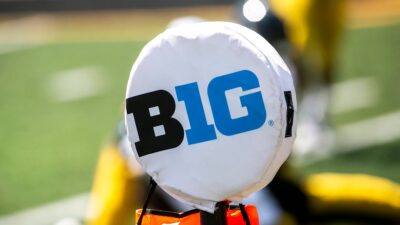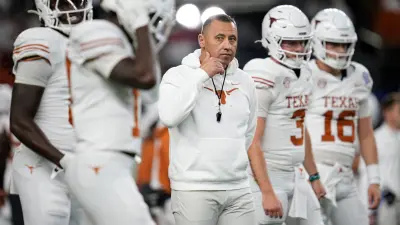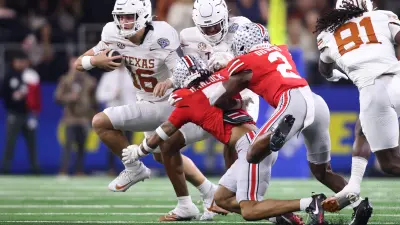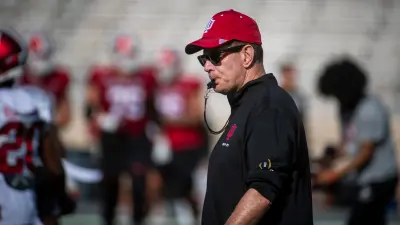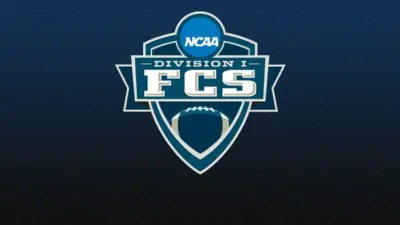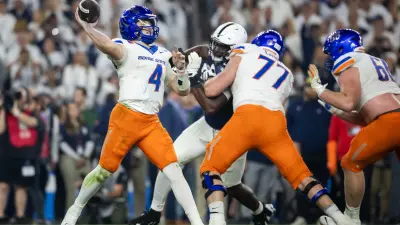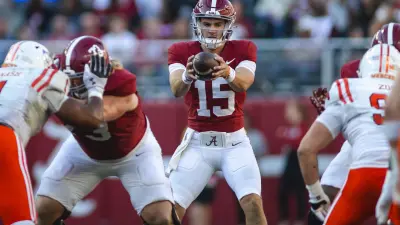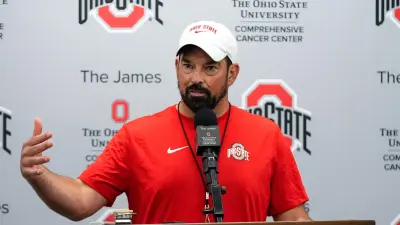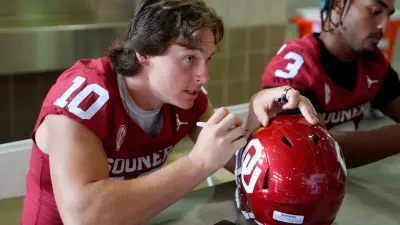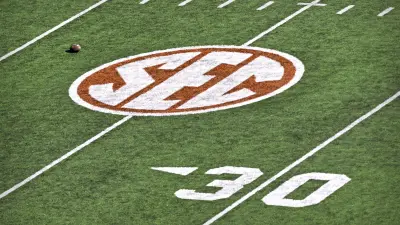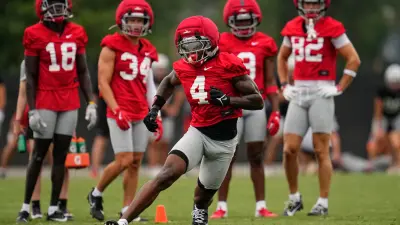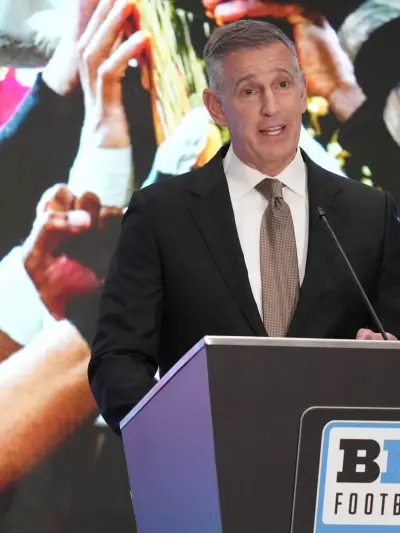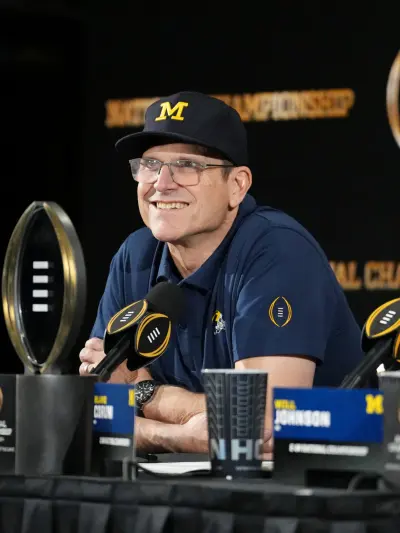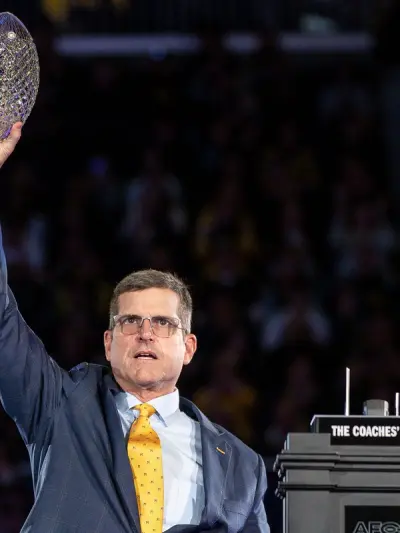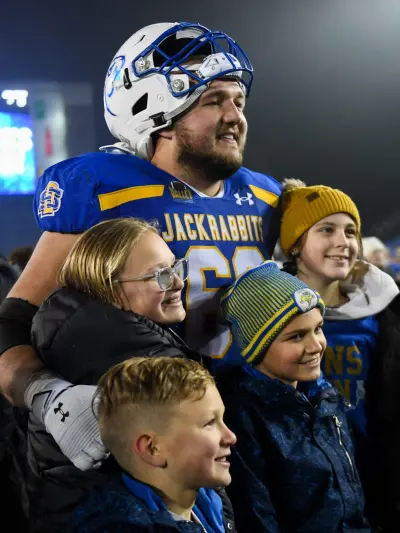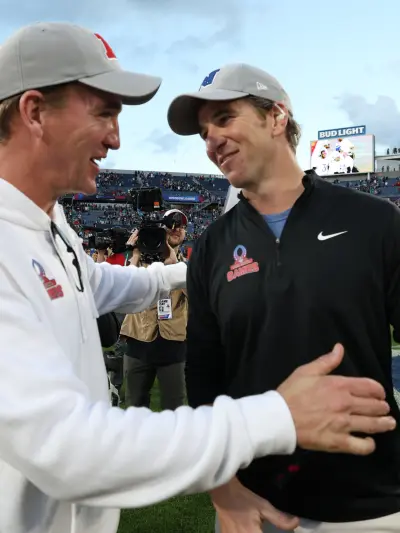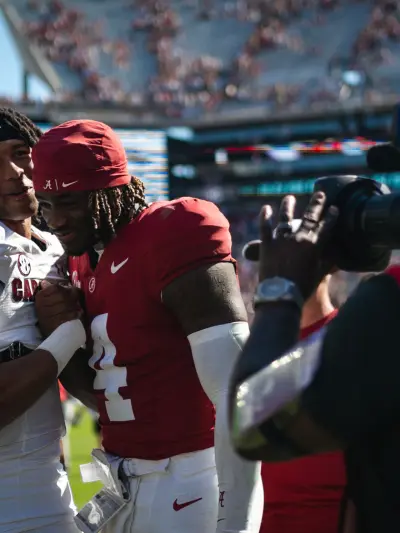By Kyle Golik
As I watched Roxy Bernstein sign off on the Pac-12 Network’s final game broadcast on Friday during the conference’s baseball tournament, I was filled with mixed emotions. It was the official sunset for the conference dubbed as the “Conference of Champions” but was echoing in a new era in collegiate athletics.
On June 1, Southern California, UCLA, Oregon, and Washington officially become members of the Big Ten conference. The two-year odyssey that started as a vision for Kevin Warren when the conference added Southern California and UCLA and realized under Tony Petitti by adding Oregon and Washington last year, the Big Ten officially commences its vision to redefine collegiate athletics with the professional model.
The vision for the Big Ten to define how major collegiate athletics is being presented to the audience.
The idea is the Big Ten is anchored with three major television networks in CBS, NBC, and FOX.
Each backs streaming options in Paramount+, Peacock, and FOX is the backbone to Big Ten Network streaming, as well as their FOX Sports app (though you still need a television subscription to unlock the streaming capabilities).
What the Big Ten hopes now with the four major brands entering the conference is the audience will want to consume Big Ten games in the three major Saturday windows, and with news of FOX Friday College Football lineup, where nine of the 12 games are Big Ten matchups, they are betting Friday nights many will pass on high school athletics and tune into college football.
More Sports News
The news that schools can now directly pay athletes through a revenue-sharing model opens major holes throughout the collegiate landscape.
With the Big Ten having the largest media contract, where a lionshare of revenue comes in, it only enhances the cold war it is fighting with ESPN and the SEC.
This opens up potentially more lucrative opportunities for high prized recruits to the Big Ten, the conference like the rest of the nation has some major issues to iron out.
First, how does Title IX apply to the revenue share? Is it simply offering the revenue share based on profitability, if that were the case almost every school in the nation outside of football and men’s hoops primarily don’t turn a profit and operate at a deficit.
Further, how will the Big Ten handle this will set the tone for the rest of the nation, but it will be calculated.
The Big Ten’s strategic maneuvers during the Warren and Petitti administrations have been to maximize the league’s value to media partners. Along with the money aspect it has been selective in expansion, it was evident by the deals Oregon and Washington signed on to join the league.
The other major questions that swirl around the revenue decision is how residual NIL opportunities, which should remain outside athletic department’s purview, is enforced, and the larger question is what is the roster cap for the revenue distribution.
If the Big Ten can offer the most money, and the investments many of the schools are making in infrastructure, the league is looking more and more like a professional league.
Notably Northwestern and Penn State are making significant upgrades to their home football stadiums that will offer experiences comparable to many at professional venues.
The question becomes if the Big Ten and SEC are out in front of the rest of the nation, how do you maintain the competitive balance nationally that made college football explode in the 1980’s and 1990’s to what you see today.
With the Big Ten now coast to coast filled with many iconic brands, how does the league set precedence for the rest of the nation to follow?
We all know the NCAA is just a tax shield for these power schools and their ability to enforce rules as well as their track record in the courtroom leaves so much to be desired, that if your allegiance is a school in the Big Ten or SEC, do you really think the NCAA will do anything to your program?
There is way too much money on the line to enforce any rules, and the further professionalization of collegiate athletics, the last rung on the latter that maintains the competitive integrity of professional sports is the central power each of the major leagues has.
I don’t feel that in my lifetime, we will see a unified super conference where all the major brands compete in and play by a set of rules that are fair and balanced.
Until then, it is up to the Big Ten to set a standard that maintains the integrity of collegiate athletics. We all know amateurism is dead at this level, and the professional aspect is what kids go to school for.
They major in football and will be contractors of some sort for the school to receive revenue shares. That will happen, why would a school pay a full share to a star athlete who opts out of a major game?
With June 1 on the horizon, the unknown of this frontier is upon the Big Ten, many will look to it for guidance and setting precedents. The Big Ten could be the reason major collegiate athletics flourish or could be the reason for its major failures. The ball is in their court, hopefully they govern themselves accordingly for the sake of collegiate athletics’ fragile soul.
